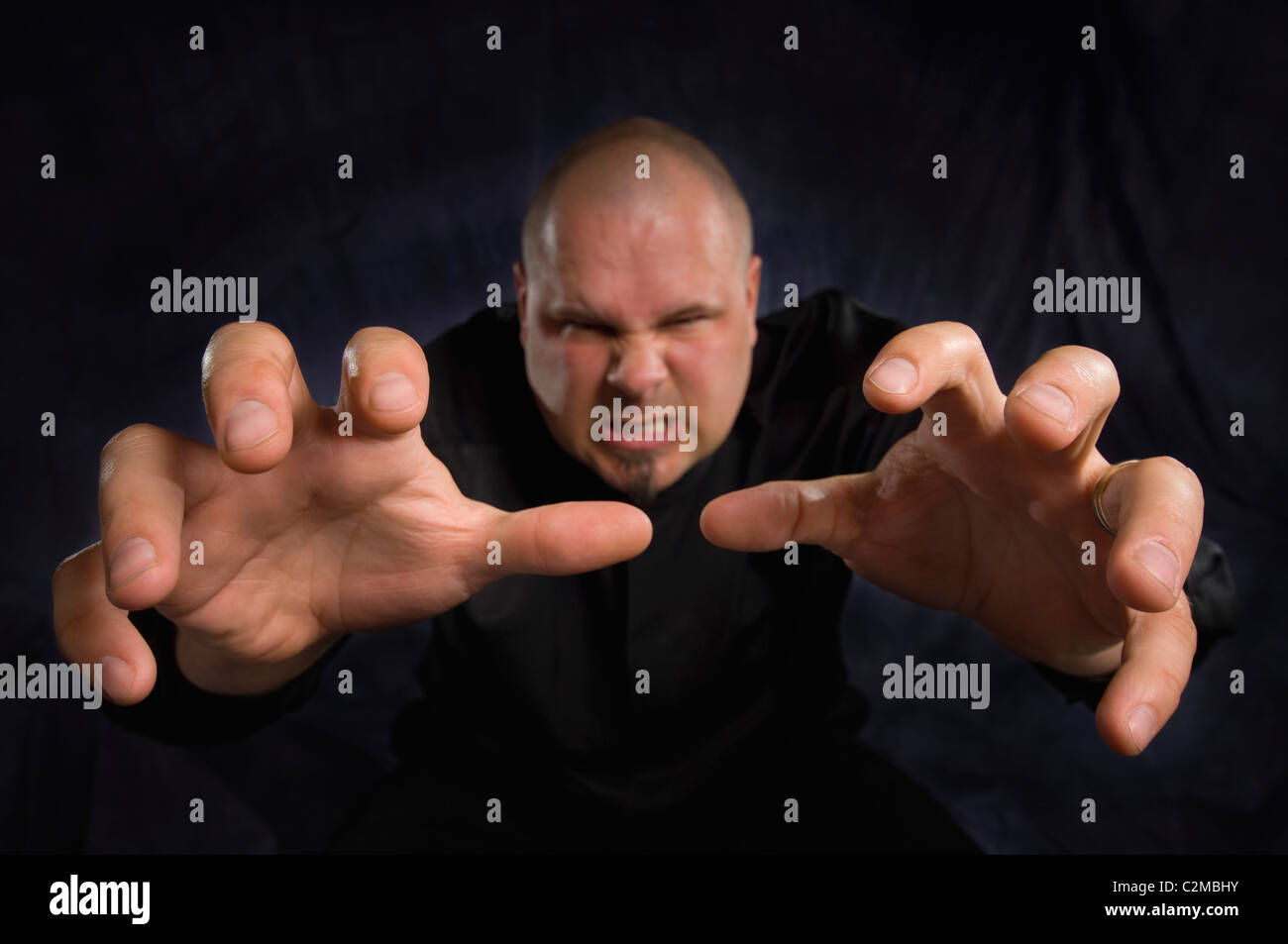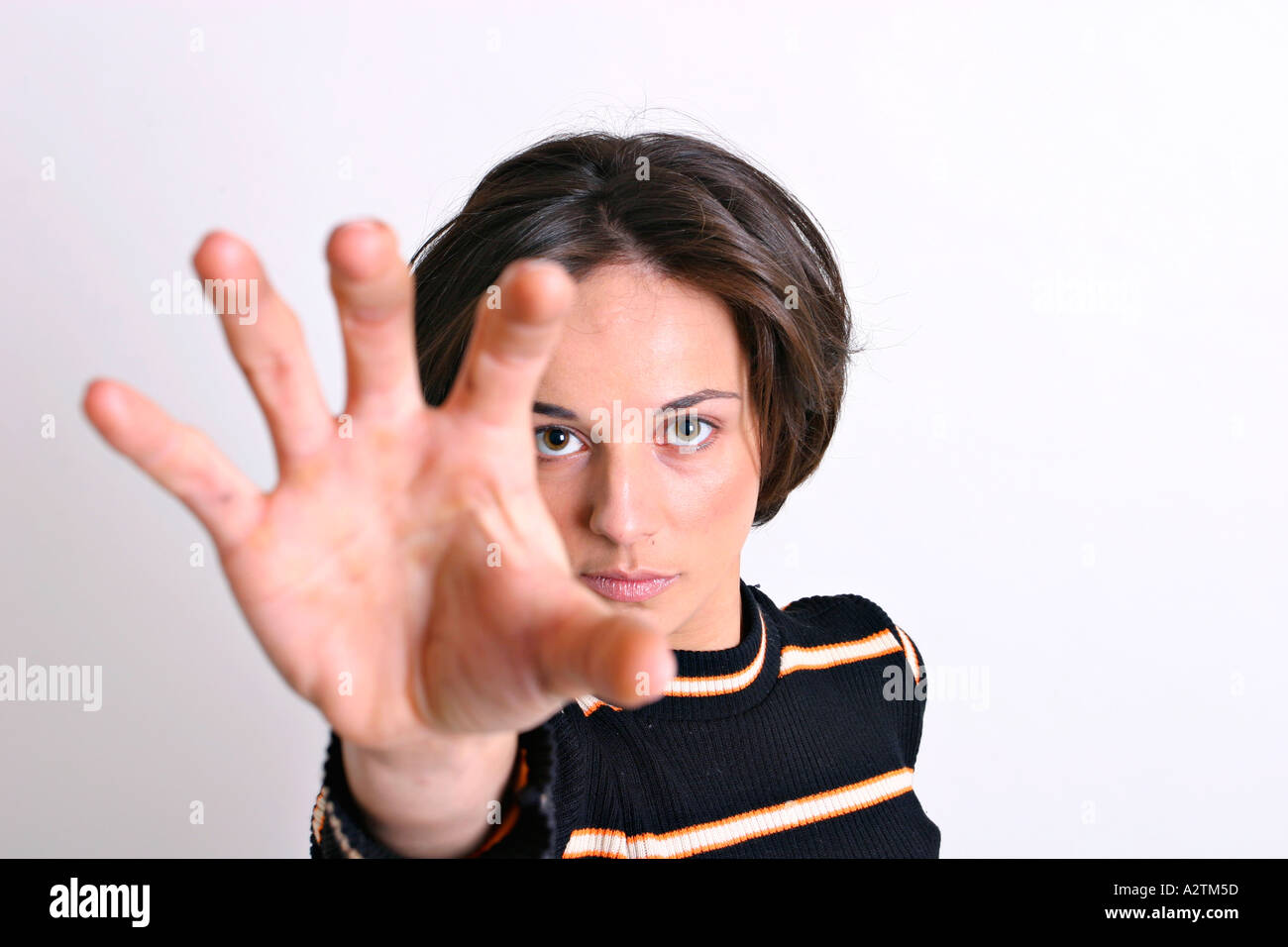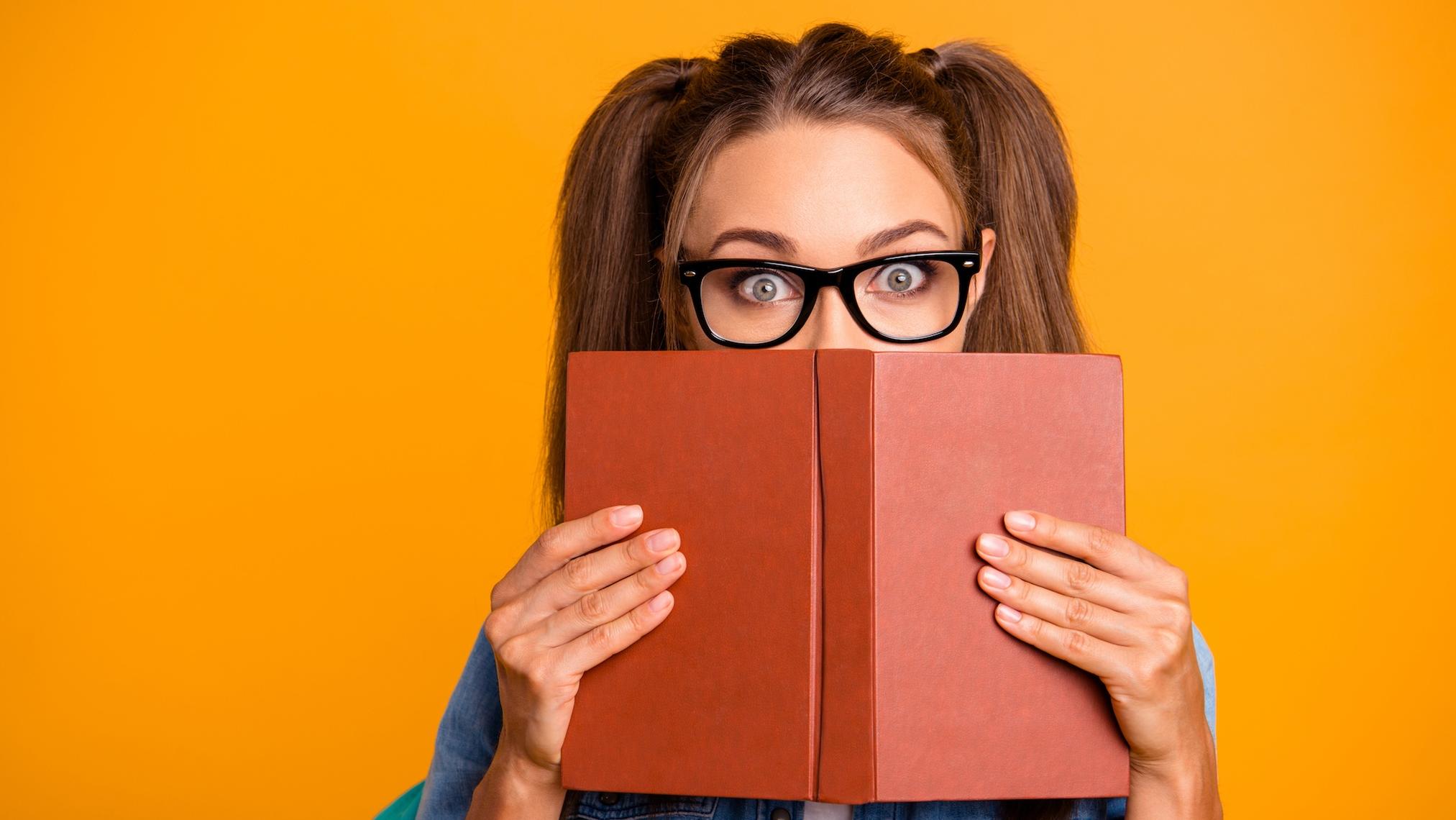Fights camera action is a crucial element in filmmaking, shaping audience perception and emotional response to onscreen violence. This exploration delves into the evolution of fight choreography across diverse cinematic traditions, analyzing the interplay between camera techniques, editing styles, and technological advancements. We will examine how these elements collaborate to enhance the visual impact, narrative depth, and thematic resonance of fight sequences.
From the classic Hong Kong action cinema to the contemporary superhero blockbuster, the approach to depicting fights has undergone a significant transformation. This analysis will explore the diverse stylistic choices employed in different national cinemas and genres, examining the impact of camera angles, movement, editing techniques, and technological innovations on the viewer’s experience. Furthermore, we will investigate how visual storytelling techniques within fight scenes are used to reveal character traits, build suspense, and communicate complex themes.
The Cinematic Depiction of Fights

The evolution of fight choreography in cinema reflects broader societal shifts and technological advancements. Early silent films relied on simplistic, often theatrical, fight sequences. The development of sound allowed for a greater emphasis on impact and realism, though limitations in special effects constrained possibilities. The post-World War II era saw the rise of distinct national styles, each influencing the global landscape of action cinema.
Evolution of Fight Choreography in Cinema
Early fight scenes, common in silent films, were often staged and lacked the fluidity and realism of later productions. The introduction of sound significantly altered the approach, with an emphasis on the audible impact of punches and kicks. The development of editing techniques allowed for the creation of more complex and dynamic sequences. The influence of martial arts films, particularly from Hong Kong and later Japan, revolutionized fight choreography, introducing more acrobatic and stylized movements.
Modern filmmaking utilizes advanced CGI and stunt technology, pushing the boundaries of what’s possible in depicting fight sequences. The emphasis shifts between realism and stylized spectacle depending on the genre and intended audience.
Comparative Analysis of Fight Styles in Action Films
Hollywood action films frequently emphasize spectacle and large-scale set pieces. Fight choreography often incorporates a mix of styles, often prioritizing the visual impact over strict adherence to any single martial art. Hong Kong action cinema, particularly during its golden age, showcased highly stylized and acrobatic fight sequences, often rooted in various martial arts disciplines like Wing Chun, Kung Fu, and others.
Bollywood action films frequently blend martial arts elements with dramatic storytelling and elaborate dance sequences, resulting in a unique visual style. These differences reflect cultural values, available resources, and the intended audience. For instance, the emphasis on wire-fu in Hong Kong cinema differs significantly from the more grounded, albeit still spectacular, fight choreography in Hollywood action movies.
Camera Angles and Editing Techniques in Fight Scenes
Camera angles play a crucial role in enhancing the visual impact and narrative of fight scenes. Low-angle shots can make a character appear powerful and intimidating, while high-angle shots can emphasize vulnerability or defeat. Close-ups heighten the intensity and emotional impact, while wide shots establish the context and scale of the fight. Rapid editing can create a sense of chaos and urgency, while slower, more deliberate editing can build suspense and highlight specific movements.
Techniques like slow motion, freeze frames, and quick cuts are used to enhance the visual spectacle and emotional effect. The careful coordination of camera movement, editing pace, and sound design is critical in creating a compelling and memorable fight scene.
Storyboard for an Innovative Fight Scene
The following storyboard depicts a fight scene between two skilled martial artists in a dimly lit alleyway. The scene emphasizes close-quarters combat and the use of the environment.
| Shot Type | Camera Angle | Duration | Emotional Impact |
|---|---|---|---|
| Close-up | Low angle | 2 seconds | Character A’s intensity, power |
| Medium shot | Over-the-shoulder | 3 seconds | Tension, anticipation |
| Wide shot | Tracking shot | 5 seconds | Scale of the environment, choreography |
| Close-up | High angle | 1 second | Character B’s vulnerability |
| Medium shot | Handheld | 4 seconds | Chaos, intensity |
| Slow motion | Close-up | 3 seconds | Highlighting a decisive blow |
| Wide shot | Static | 2 seconds | Resolution, aftermath |
The Role of the Camera in Action Sequences

The camera’s role in action sequences, particularly fight scenes, transcends mere documentation; it actively shapes the audience’s emotional and interpretative experience. Through strategic movement, placement, and innovative techniques, filmmakers control the pacing, intensity, and meaning conveyed within these dynamic sequences. The camera becomes a crucial tool in building suspense, revealing character motivations, and influencing the perception of power dynamics between combatants.
Camera Movement and Viewer Experience
Different camera movements significantly impact the viewer’s perception of a fight. Tracking shots, for instance, often follow the action closely, creating a sense of immediacy and immersion. The viewer feels as if they are participating in the fight, experiencing the speed and brutality firsthand. Steadicam shots, known for their smooth, flowing movements, maintain visual clarity even amidst chaotic action, allowing the audience to follow the choreography effectively.
Conversely, handheld shots, characterized by their shakiness and instability, convey a sense of urgency and disorientation, mimicking the subjective experience of a participant in a chaotic brawl. The choice of camera movement directly affects the audience’s emotional engagement and understanding of the scene’s intensity.
The dynamic interplay between choreography and cinematography in fight scenes is a crucial aspect of filmmaking. Effective fight choreography considers camera angles and movement to enhance the visual storytelling, resulting in impactful sequences. For a deeper exploration of techniques and examples, refer to this resource on fights camera action which provides valuable insights into optimizing fight scenes for maximum dramatic effect.
Ultimately, the success of a fight sequence depends on the seamless integration of action and visual presentation.
Camera Placement and Power Dynamics
Camera placement profoundly impacts the perceived power dynamics between fighters. High-angle shots can make a fighter appear vulnerable or defeated, while low-angle shots can exaggerate their size and strength, projecting dominance. A shot positioned directly between two fighters creates a sense of equality, highlighting the tension and balance of power. Conversely, shots that isolate one fighter while the other is blurred or out of focus can emphasize the former’s superiority.
Masterful manipulation of camera angles and positioning effectively communicates the shifting power balance throughout the fight, adding layers of narrative complexity.
Innovative Camera Techniques in Famous Fight Scenes
The “long take” employed in numerous fight scenes, such as the extended hallway fight in
- Oldboy* (2003), demonstrates the power of unbroken shots to heighten tension and showcase intricate choreography. The uninterrupted flow enhances the visceral impact of the fight, leaving the audience breathless as the action unfolds. The use of slow motion, as seen effectively in many action films like
- The Matrix* (1999), allows for a detailed examination of the fight choreography, highlighting specific techniques and adding a stylistic flair. This technique can also emphasize the impact of individual blows, enhancing the feeling of power and violence. Conversely, rapid editing, often used in more frantic fights, creates a sense of chaos and urgency, mirroring the frenetic energy of the scene.
Example Fight Scene Script
[Scene: A dimly lit alleyway. Rain falls steadily.] EXT. ALLEYWAY – NIGHT[Camera: Low angle, focusing on ANNA (30s, determined) as she stands defiantly facing MARK (30s, menacing), who slowly approaches. The rain reflects in the glistening pavement, highlighting the tension.]MARK advances. Anna doesn’t flinch.[Camera: Tracking shot, moving with Mark as he throws the first punch. The camera’s movement follows the trajectory of the punch, creating a sense of immediacy and impact.
Anna dodges.][Camera: Handheld shot, capturing the chaotic exchange of blows. The shakiness reflects the intensity of the fight and creates a visceral experience for the viewer.][Camera: Close-up on Anna’s face, revealing her determination despite the brutal attack. The focus shifts to her eyes, conveying her unwavering resolve.][Camera: High-angle shot as Mark gains the upper hand, briefly showcasing his dominance.
Anna is shown momentarily vulnerable.][Camera: Steadicam shot, following Anna as she uses her agility to turn the tables, executing a swift counterattack. The smooth movement allows the audience to appreciate the choreography and her strategy.][Camera: Slow motion as Anna lands the final blow. The focus on the impact underscores the decisive nature of the strike.][Camera: Pulls back, revealing Mark collapsing as Anna stands, rain washing the blood from her face.
Analyzing fight choreography in film often requires precise framing and perspectives to capture the action effectively. High-resolution, remotely operated cameras are crucial for this, such as those used in applications like the ambassador bridge camera , which demonstrates the capabilities of advanced imaging systems. The ability to capture fluid, dynamic movements from multiple angles significantly enhances the viewer’s understanding and appreciation of the fight’s intricacies.
Her expression is stoic, reflecting the weight of her actions.]
The Relationship Between Action and Editing in Fight Scenes: Fights Camera Action
The interplay between action and editing in fight scenes is crucial for establishing rhythm, intensity, and emotional impact. Effective editing transforms raw footage into a compelling narrative, enhancing the viewer’s experience and understanding of the fight’s choreography and stakes. The choices made by the editor significantly influence the audience’s perception of speed, violence, and the skill of the combatants.Editing choices directly impact the rhythm and intensity of a fight sequence.
Quick cuts, for instance, create a frenetic pace, mirroring the chaos and intensity of a close-quarters brawl. Conversely, slower cuts can emphasize specific movements, highlighting the skill and precision of the fighters. The strategic use of slow motion allows the audience to appreciate the artistry of a particular strike or defensive maneuver, adding a layer of visual interest and enhancing the dramatic impact.
Jump cuts, while often used sparingly, can create a jarring effect, disrupting the flow of the action and underscoring a critical moment or a sudden shift in power dynamics.
Editing Styles Across Action Genres
Martial arts films often employ a blend of techniques. Long takes showcasing fluid choreography are interspersed with quick cuts to capture the speed and impact of strikes. The editing serves to highlight the grace and precision of the martial arts style being depicted. Boxing films, in contrast, frequently utilize a more measured approach. Longer shots focus on the strategic interplay between fighters, emphasizing the tactical aspects of the sport.
Slow motion replays of key punches or defensive maneuvers are common, providing viewers with a detailed analysis of the action. Superhero films often incorporate a mix of stylistic approaches, sometimes utilizing hyper-realistic slow motion to showcase superhuman abilities and other times relying on quick cuts to convey the chaotic energy of a large-scale battle. The editing style often aligns with the overall tone and aesthetic of the film.
Sound Design and Music’s Contribution to Fight Scene Impact
Sound design and music play a pivotal role in amplifying the emotional impact of fight scenes. The precise timing of sound effects, such as punches landing or weapons clashing, enhances the realism and visceral nature of the action. A well-crafted soundscape layers these effects with ambient noises, creating a more immersive environment. Music, similarly, serves to heighten the tension, excitement, or drama of the sequence.
A dramatic score can intensify the emotional weight of a fight, while a more upbeat soundtrack can complement the fast-paced action. The synchronization of music and sound effects with camera movement and editing is crucial for achieving a cohesive and impactful experience. For example, a crescendo in the music can coincide with a series of increasingly intense quick cuts, building the suspense and culminating in a powerful climax.
Editing Techniques and Their Effects on Viewer Perception
The following table summarizes several editing techniques and their respective effects on the viewer’s perception of speed, violence, and choreography within a fight sequence:
| Editing Technique | Effect on Speed | Effect on Violence | Effect on Choreography |
|---|---|---|---|
| Quick Cuts | Increased perceived speed; sense of chaos | Increased perceived violence; heightened intensity | Can obscure details but emphasizes impact |
| Slow Motion | Decreased perceived speed; allows detailed viewing | Can either heighten or diminish perceived violence depending on context | Highlights skill and precision of movements |
| Jump Cuts | Disrupts the flow of time; creates jarring effect | Can emphasize the impact of a sudden blow or shift in power | Often used to highlight a specific movement or moment |
| Long Takes | Provides a sense of realism and flow | Can showcase the brutality of a fight or the skill involved | Allows for appreciation of the choreography in its entirety |
| Montage | Compresses time; conveys a sense of progression | Can highlight the cumulative effect of multiple encounters | Focuses on key moments or patterns within the fight |
Visual Storytelling Through Fight Sequences

Fight choreography and camera work are not merely tools for depicting physical combat; they are powerful instruments of visual storytelling, capable of revealing character depth, manipulating audience sympathy, and conveying complex themes. The strategic use of these elements allows filmmakers to transcend the literal depiction of violence and instead use it as a vehicle for expressing nuanced emotions and ideas.Fight choreography can be meticulously designed to reflect a character’s personality and fighting style.
A precise, calculated fighter might employ swift, economical movements, contrasting sharply with a more brutal, reckless opponent whose style is characterized by chaotic, powerful blows. Relationships between characters are also conveyed through their interactions during a fight. A hesitant, reluctant exchange between former allies can communicate a deeper emotional conflict than a purely physical one. Similarly, the protective actions of one fighter towards another instantly reveal their bond.
Camera Angles and Audience Sympathy
Camera angles play a crucial role in shaping audience perception. High-angle shots can make a fighter appear vulnerable or weak, fostering sympathy. Conversely, low-angle shots emphasize power and dominance, potentially turning audience sentiment against the character being shown from this perspective. A close-up shot focusing on a character’s pained expression during a fight can evoke empathy, while a wider shot showcasing the fighter’s strategic maneuvering can highlight their skill and cunning.
The choice of shot type directly influences the viewer’s emotional engagement with the combatants.
A Fight Scene Illustrating Overcoming Adversity
Consider a fight scene set in a dimly lit alleyway. A lone, physically smaller character, Sarah, is cornered by three larger, more aggressive opponents. The initial stages of the fight are depicted using quick cuts and shaky camera work, mirroring Sarah’s disorientation and desperation. Sarah’s movements are initially defensive, her face showing fear and exhaustion. As the fight progresses, the camera focuses more on Sarah’s determined eyes and clenched jaw, shifting to slow-motion shots of her precise counter-attacks.
The lighting gradually brightens as Sarah gains the upper hand, highlighting her resilience. The final blow is captured in a single, powerful shot, emphasizing the culmination of her struggle. The scene concludes with a close-up of Sarah’s face, revealing a mixture of relief and exhaustion, but ultimately triumph. This visual narrative communicates the theme of overcoming adversity through sheer willpower and determination.
The Impact of Lighting and Color Palettes
Lighting and color palettes significantly impact the audience’s interpretation of a fight scene. A fight bathed in harsh, cold light can create a sense of brutality and despair, while warmer lighting might soften the violence, adding a layer of emotional complexity. The use of color can also subtly influence the mood. For example, a fight scene dominated by deep reds and browns could convey a sense of savagery and bloodshed, whereas a scene with cooler blues and greens might suggest a more controlled, strategic encounter.
The flickering gaslight cast long, dancing shadows across the cobblestone street, painting the combatants in a chiaroscuro of light and darkness. The deep crimson of blood staining the snow contrasted starkly with the cold, steely blue of the night sky, creating a visually arresting tableau of violence and despair. Each blow landed resonated not just with the thud of flesh on flesh, but with the chilling whisper of the city’s unforgiving nature.
Array
The portrayal of fight scenes in cinema has undergone a dramatic transformation, driven by technological advancements that have expanded creative possibilities and redefined audience expectations. From the rudimentary techniques of early cinema to the sophisticated digital artistry of modern filmmaking, the evolution reflects a constant pursuit of greater realism, visual spectacle, and narrative impact.The integration of new technologies has fundamentally altered the planning, execution, and post-production of fight choreography.
Early fight scenes relied heavily on practical effects and the skill of actors and stunt performers. The advent of CGI, wire work, and slow-motion technology has provided filmmakers with a far wider range of tools to enhance the visual impact and realism of fight sequences.
Practical Effects versus CGI in Fight Scene Creation
Practical effects, encompassing techniques such as meticulously choreographed fight sequences performed by trained actors and stunt performers, have a tangible quality that CGI often struggles to replicate. The physicality, the visible exertion, and the potential for unpredictable accidents contribute to a sense of immediacy and realism. However, practical effects are limited by safety concerns, the physical capabilities of performers, and the potential for costly reshoots.
CGI, on the other hand, offers greater flexibility and control, allowing for the creation of impossible feats of strength, fantastical scenarios, and extensive visual effects that would be impossible to achieve practically. However, over-reliance on CGI can sometimes lead to fight scenes that lack the visceral impact and emotional weight of practically-executed sequences. The choice between practical effects and CGI often involves balancing creative vision with budgetary constraints and practical limitations.
Technological Advancements and their Impact on Fight Scene Production
The introduction of high-speed cameras enabled the creation of slow-motion sequences, highlighting the intricate details of a fight and emphasizing the power and precision of each movement. Wire work, while present for decades, has been refined through advanced rigging techniques, allowing for more fluid and believable aerial combat. CGI has revolutionized fight choreography by enabling the creation of digitally enhanced environments, impossible stunts, and even the replacement or augmentation of actors.
These advancements have impacted planning, allowing for more ambitious and complex fight sequences to be conceived and executed. Filming has also been affected, with the use of motion capture technology and digital doubles offering greater safety and control. Post-production editing benefits from the ability to enhance and refine fight sequences with CGI, slow-motion, and other digital tools, allowing for a greater degree of precision and visual polish.
Comparative Analysis: A Practical versus a CGI-Heavy Fight Scene, Fights camera action
Consider the fight choreography in a classic Bruce Lee film, such asEnter the Dragon*, which relied heavily on practical effects. The fight scenes are characterized by their speed, precision, and raw power, showcasing Lee’s exceptional martial arts skills. The realism stems from the tangible nature of the action, the visible exertion of the performers, and the inherent risk involved in such physically demanding sequences.
The impact is visceral and immediate. Contrast this with a fight scene from a contemporary superhero film, such as a sequence from the Marvel Cinematic Universe. These often utilize extensive CGI, creating visually stunning effects that push the boundaries of what’s physically possible. However, the reliance on CGI can sometimes lead to a sense of detachment, with the action feeling less grounded and less emotionally resonant.
While visually impressive, these CGI-heavy scenes may sacrifice some of the visceral impact and immediacy found in practically executed fight sequences. The strength of the practical approach lies in its raw energy and realism, while the CGI approach excels in its visual spectacle and the ability to create fantastical action sequences. The weaknesses are inherent in the limitations of each technique; practical scenes can be limited by safety and physical capabilities, while CGI scenes can feel less grounded and visceral.
In conclusion, the effective depiction of fights in cinema relies on a complex interplay of choreography, camera work, editing, and technological innovation. Mastering these elements allows filmmakers to transcend mere physical combat, transforming fight scenes into powerful tools for visual storytelling, character development, and thematic exploration. The analysis presented here highlights the evolution and sophistication of cinematic fight sequences, demonstrating their capacity to engage audiences on multiple levels.
Questions Often Asked
What is the difference between practical effects and CGI in fight scenes?
Practical effects involve physically performing and filming stunts, while CGI uses computer-generated imagery to create or enhance fight sequences. Practical effects offer a sense of realism and tangible impact, while CGI allows for greater flexibility and control, but can sometimes appear less realistic.
How does sound design contribute to the impact of a fight scene?
Sound design, including impact sounds, ambient noise, and music, significantly enhances the emotional intensity and realism of fight scenes. Precise sound effects can amplify the force of blows, while music can underscore the emotional tone and rhythm of the action.
What are some ethical considerations in depicting fight scenes?
Ethical considerations include avoiding gratuitous violence, responsibly portraying the consequences of violence, and avoiding the glorification of harmful behavior. Filmmakers should strive for a balance between visual impact and responsible storytelling.